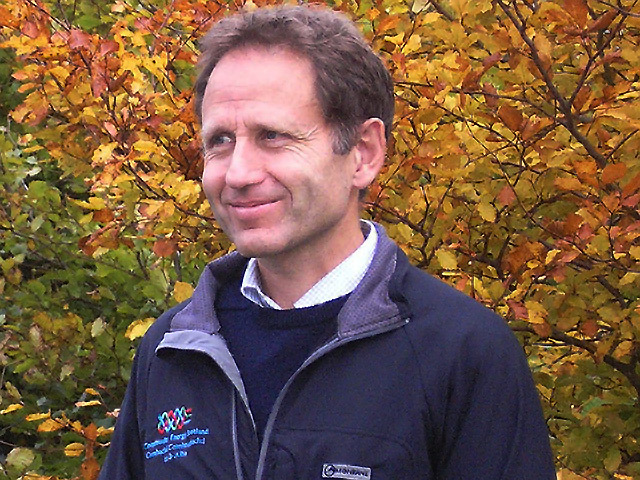
No one knew I was involved in renewable energy as I browsed through the mountain jackets on a recent visit to an outdoor store in Inverness.
My ears pricked-up when I heard the animated discussion amongst other shoppers. The topic was renewable energy so I listened-in. I was expecting comments on landscape issues or habitats but that’s not what I got. My fellow shoppers felt that it was only big multinationals and large landowners who were getting any benefit from renewables, and that this state of affairs needed to change.
The advent of renewable energy – wind, hydro, solar and woodfuel is affording Scotland a great opportunity to change the attitudes we have to energy. Few people today can afford to waste energy in their homes, yet individual consumers in rural and urban Scotland remained trapped into purchasing their power from incredibly large and remote businesses with whom they have little connection other than a direct debit.
The Community Energy Movement in Scotland is a broad church. It is all about changing the way we produce and think about energy. It ranges from individual householders investing in woodfuel boilers or photovoltaic panels on their roofs, to communities who now own large scale windturbines. It includes members of coops formed to buy and run hydro schemes to local businesses who realise that a wind turbine serving the needs of their farm is a no-brainer financially.
The great bonus that comes with community energy doesn’t stop at retaining money in local economies or bolstering farm incomes. It is not even the environmental benefits that always follow from using a renewable source of power that doesn’t rely on fracking, nuclear power or buying gas from overseas. Community energy builds the strongest link people can have between energy generation and the wise use of energy.
Scotland is not short of inspiring examples. Just last month, the islanders on Gigha commissioned their fourth commercial scale wind turbine to produce power for the island’s fish farm. At Findhorn, the Foundation’s wind turbines have been providing energy independence for nearly ten years. In the Western Isles, at Galson, Barra and Tolsta, new 900kilowatt turbines were commissioned last year. All three are community-owned, sending a signal to everyone that these remote communities are resilient, forward looking and proud to own their own turbines. Aberdeenshire’s two community-owned commercial scale turbines at Udny and Fetterangus are exemplars too, where local effort, local ownership is providing numerous local benefits for all in their communities. Community Energy Scotland has supported these projects during their journey to success.
2014 will see community energy Scotland participate in over 20 projects designed to maximise local energy generation for local use. The energy coops on Islay and Mull expect to join Harlaw near Edinburgh and build their power plants. On Orkney, the six communities who each now own a commercial turbine will continue to reap the income from their turbines.
But 2014 also has many challenges. It is more difficult for a community energy project to overcome the hurdles of grid access, finance and many face an uncertain position as we move Feed in Tariff to Contracts for Difference.
If Scotland is to unlock the benefits that flow from Community Energy we must have political support. Support that makes consenting community projects less arduous, that recognises that these projects are in a community and for that community, and that they unlock volunteer enthusiasm, private capital and reduce our dependency on sources of energy that are either volatile, running out or controlled from other parts of the globe. If Community Energy projects had the same financial guarantees as new nuclear installations we could transform Scotland’s energy future.
There is a feel good factor too. If you are lucky enough to speak to a neighbour with solar panels you’ll probably see her smile as she looks at them. If you visit a community-owned wind farm open day – like the one at Neilston, near Glasgow, you’ll see children smile too. The confidence and satisfaction that community energy brings is infectious.
The least government can do is to facilitate community energy projects. Currently our nation’s energy costs are too exposed to the world market. The increased self-reliance at local and national level that renewables bring is the way forward for households, communities and Scotland too.
Nicholas Gubbins is chief executive of Community Energy Scotland
Recommended for you
